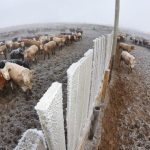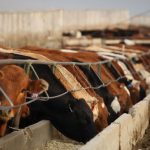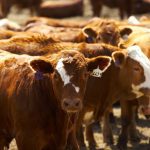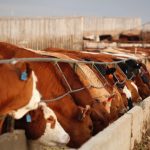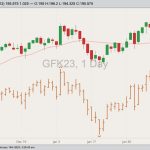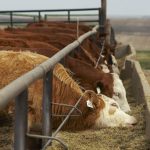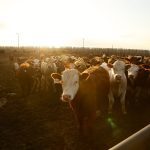Compared to last week, western Canadian yearling markets traded $5 to as much as $10 higher. Replacements in the 650- to 800-lb. category were up $6-$12; calves under 650 lbs. were relatively unchanged although volumes were limited. Lightweight calves were hard to come by last week. Weather may have been a factor. Many factors contributed […] Read more



